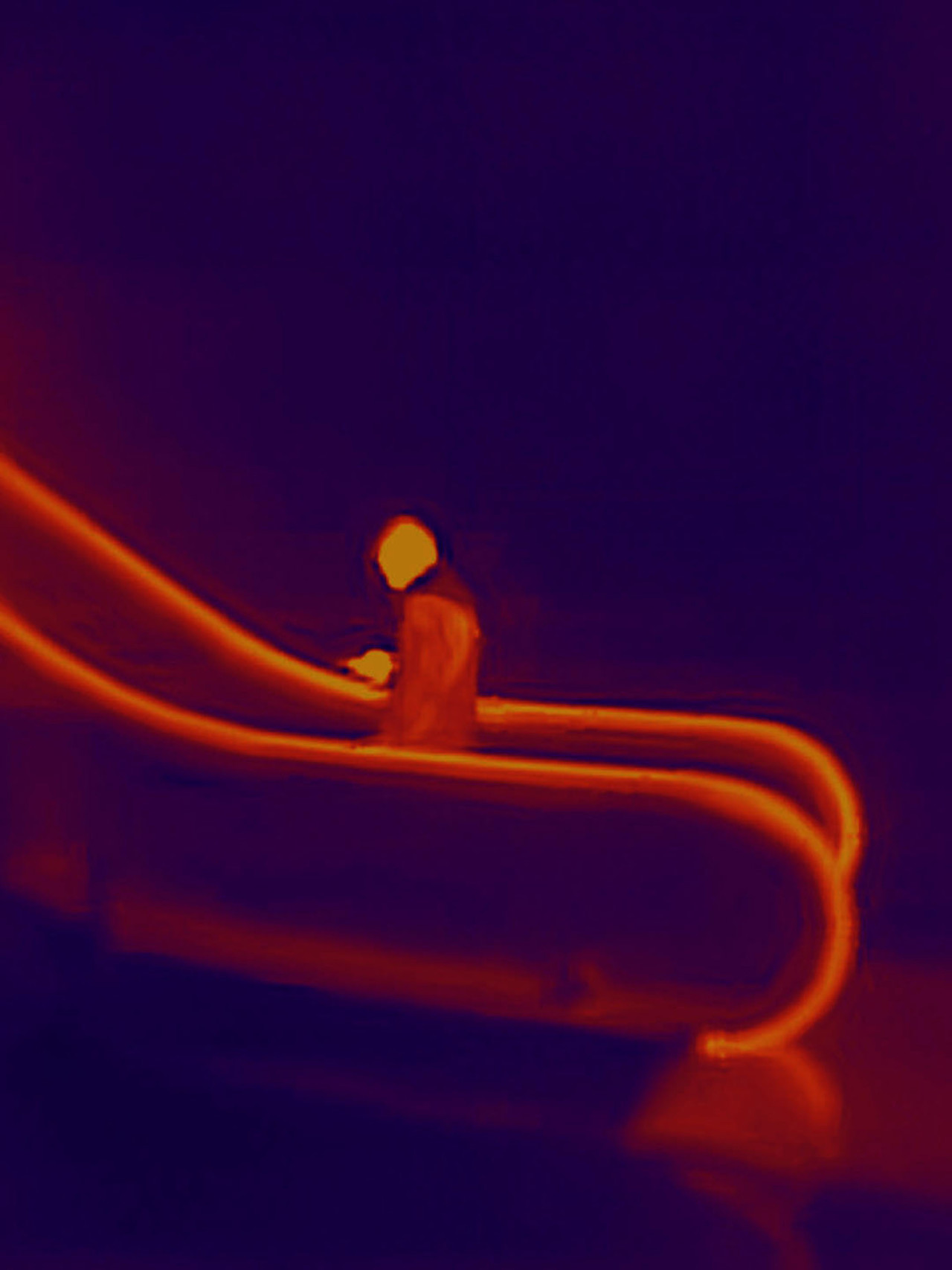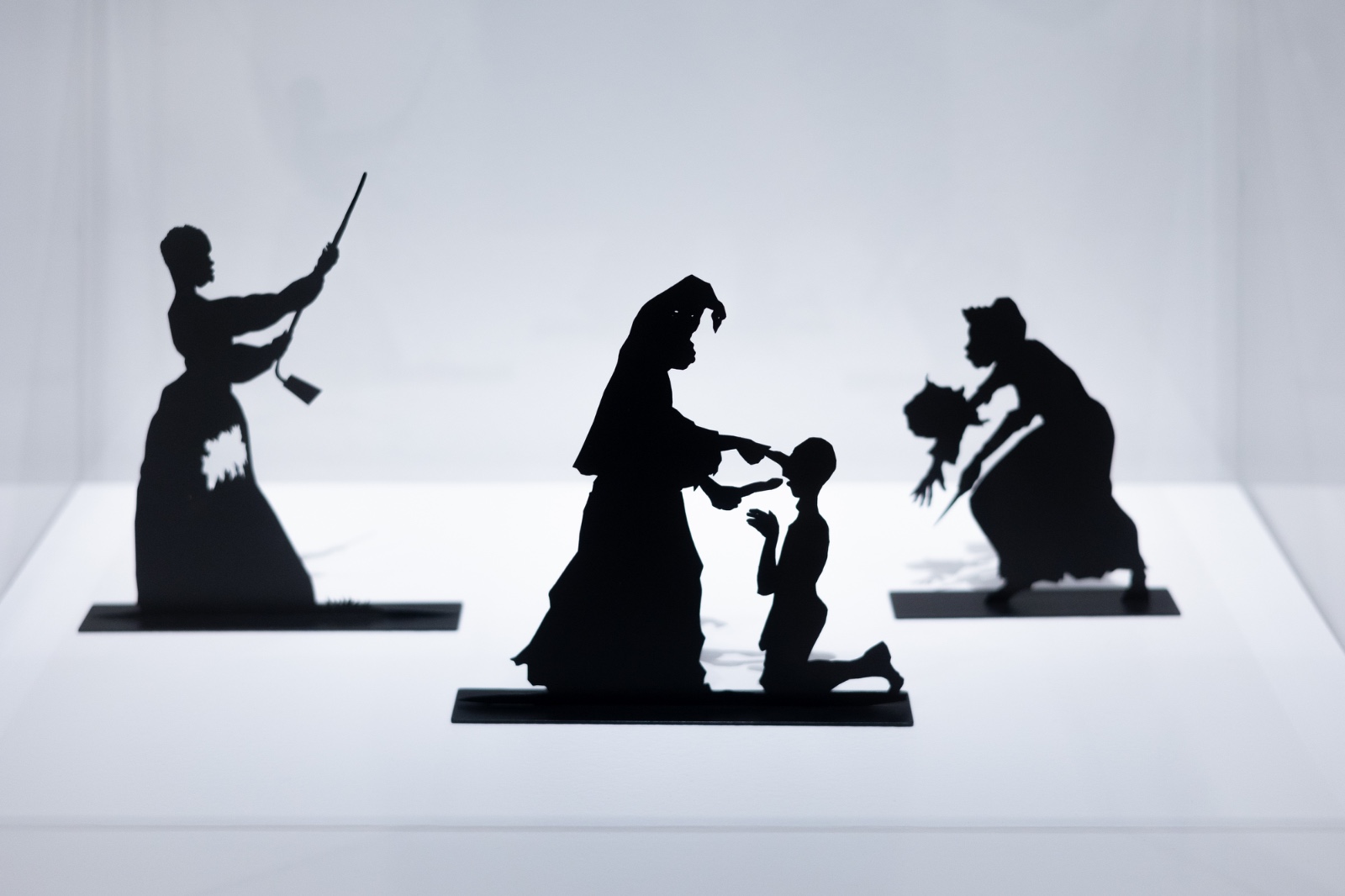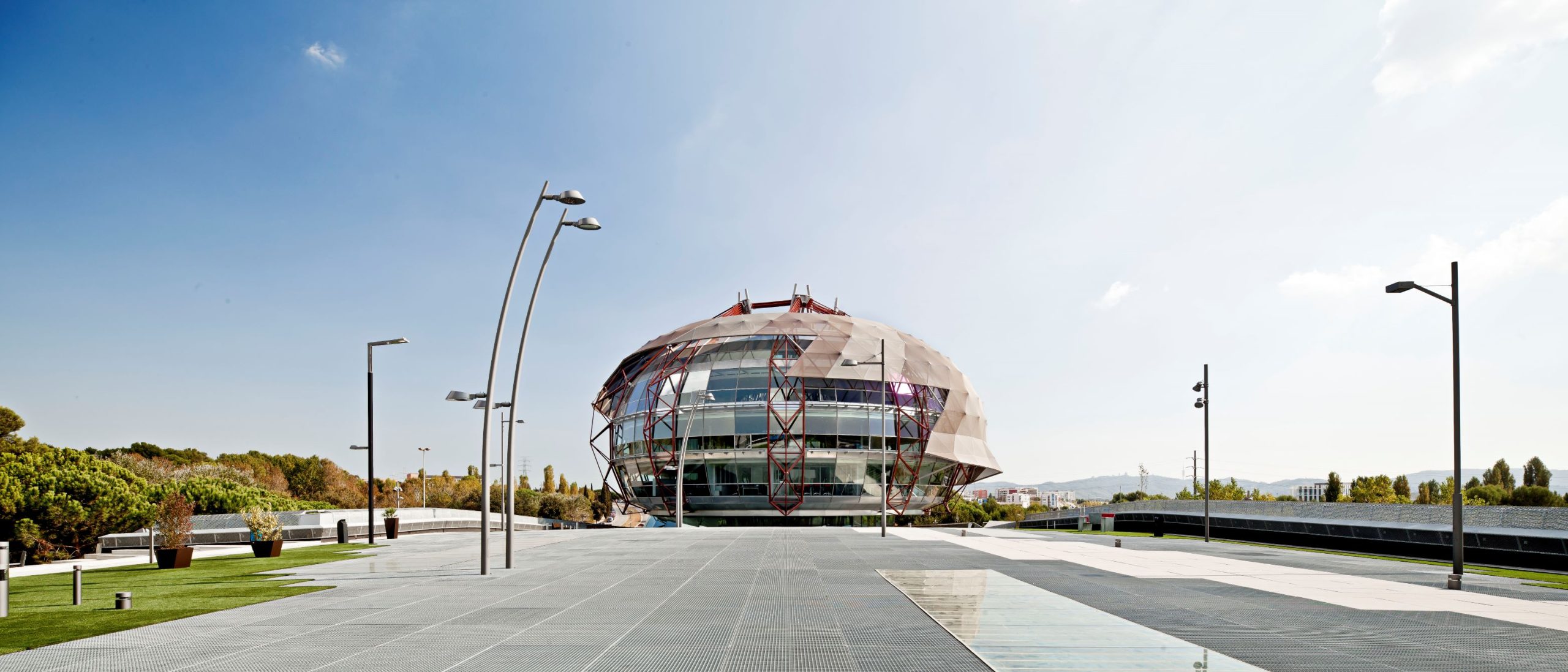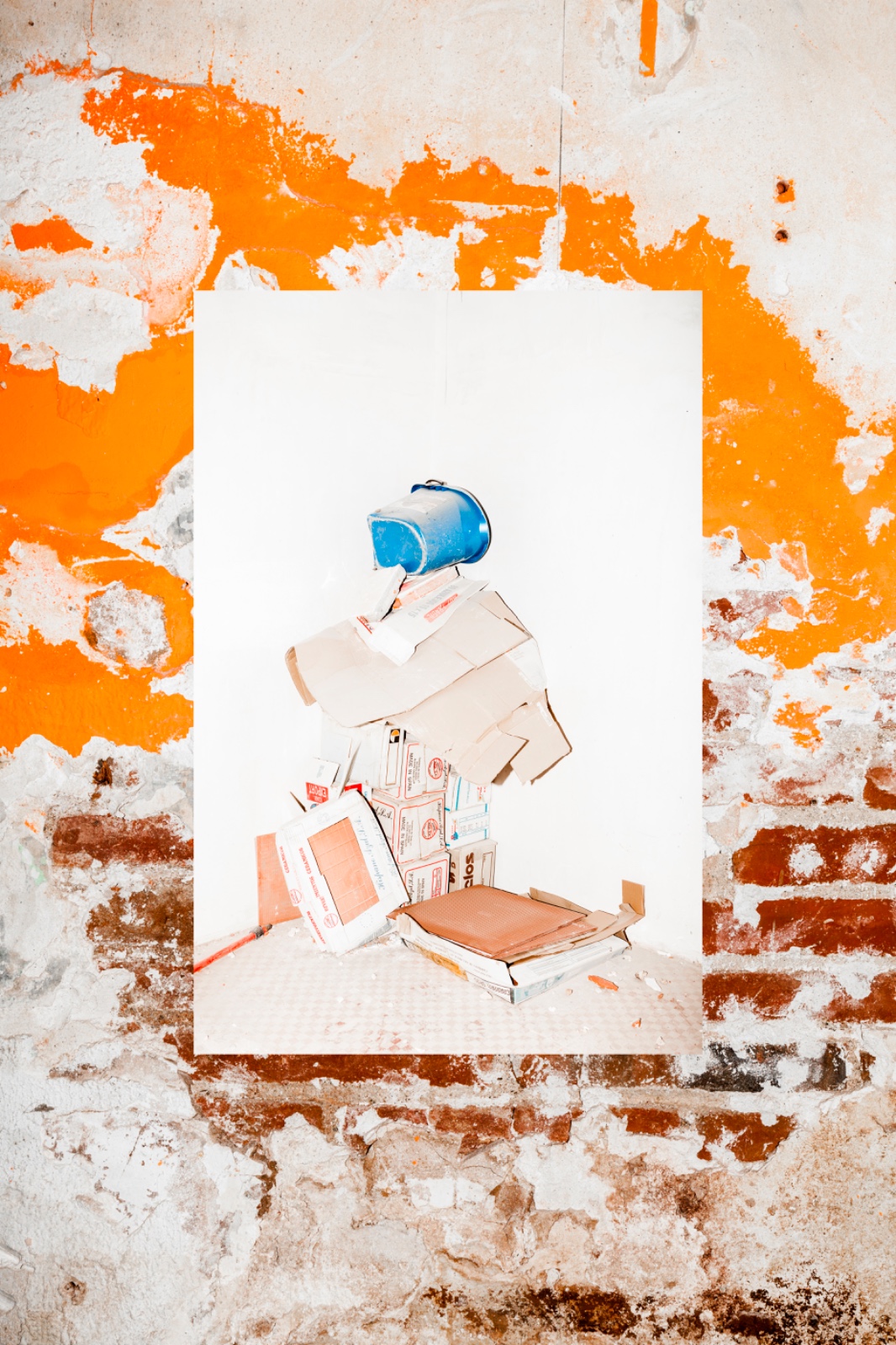Exhibitions
Geometry and transcendence: abstraction according to Asins, Oteiza and Palazuelo
Geometry, space, mysticism and science at the Artium Museoa.
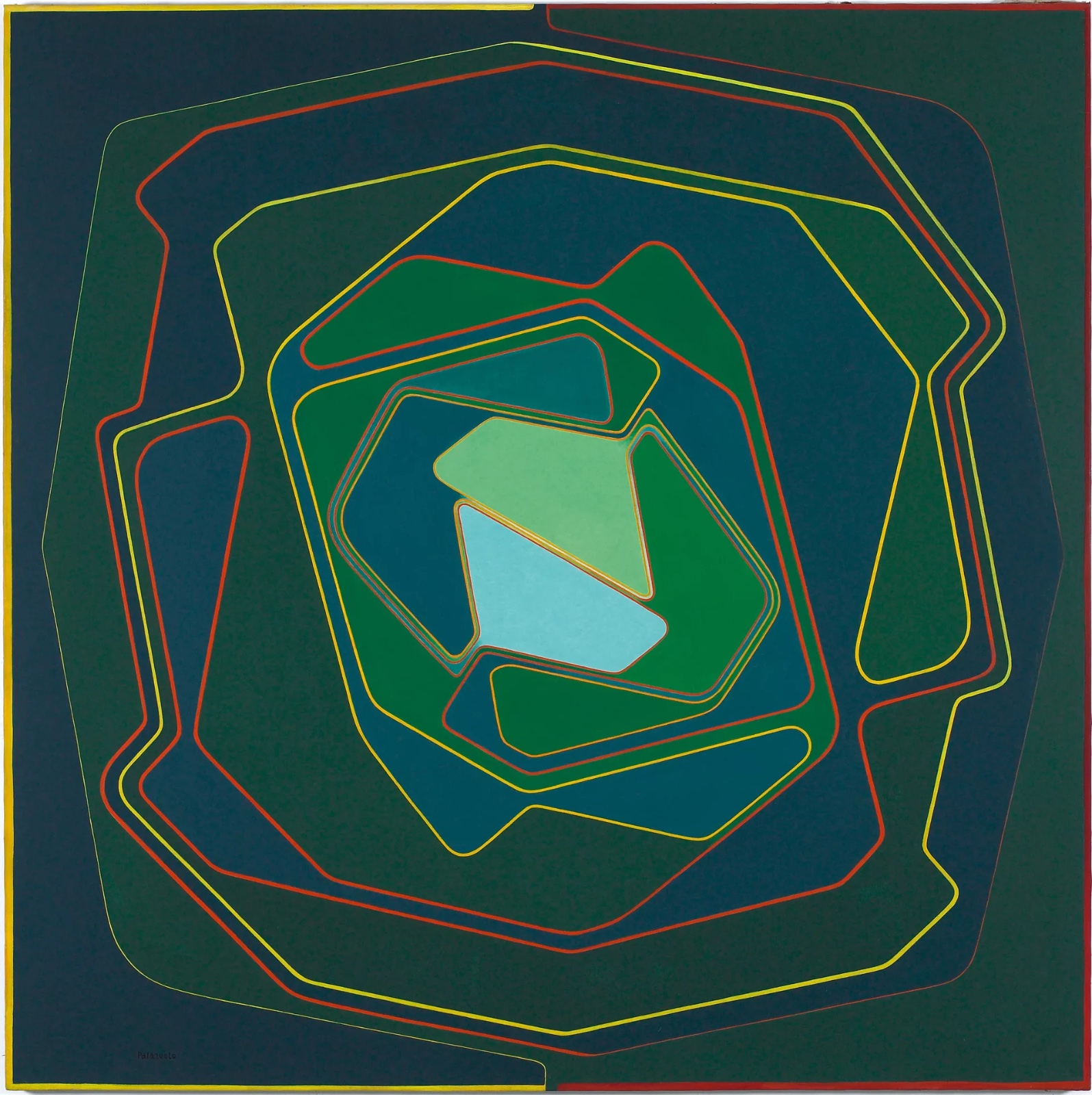
Throughout their careers, Elena Asins , Jorge Oteiza and Pablo Palazuelo explored geometry, space and the symbolic dimension of art. Now, the Artium Museoa dedicates an exhibition to them, entitled Asins, Oteiza, Palazuelo. Shaping what transcends, offering a renewed look at their contribution to geometric abstraction.
The proposal, curated by Fernando Golvano, is part of the Bilduma Hau Collection program. Elementary Movements (1950-2000), a series of exhibitions that revisit the museum's collections from different perspectives. If we go back to the beginning of the 20th century, geometric abstraction emerged as a radical response to traditional representation. Movements such as constructivism, neoplasticism and suprematism opted for a visual language based on the purity of forms, the simplicity of color and a certain tendency towards mathematical order. In this context, Asins, Oteiza and Palazuelo developed their own discourses that, despite sharing references, followed singular paths.
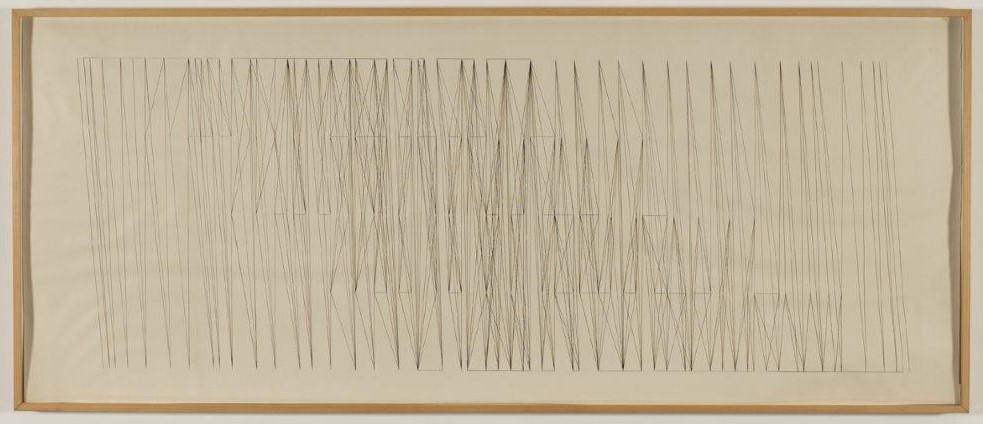 Ritmo oblicuo-positivo, Elena Asins (1975). Col·lecció Artium Museoa
Ritmo oblicuo-positivo, Elena Asins (1975). Col·lecció Artium Museoa
Elena Asins (Madrid, 1940 – Azpíroz, 2015) was a pioneer of conceptual art in Spain and one of the first to incorporate the use of computers as a creative tool. Her meticulously precise work draws on references such as Mondrian and Mies van der Rohe, but also expands into less conventional areas such as experimental poetry or the artist's book. Her research on structure, repetition and series places her at a key position in the exploration of form through mathematics and programming.
On the other hand, Jorge Oteiza (Orio, 1908 – San Sebastián, 2003) shook up the world of sculpture with the fundamental idea that emptiness is as important as matter. His work was radically transformed between 1955 and 1959, when he began to reduce the sculptural mass to convert it into a kind of spatial energy. Influenced by Suprematism and Constructivism, he worked intensely with essential geometric forms, exploring how emptiness can act as an expressive force. In addition to his artistic production, Oteiza was a restless thinker, with an intellectual activity that encompassed essay, poetry and artistic theory.
 Versión previa del Homenaje a Mallarmé, Jorge Oteiza (1958). Col·lecció Artium Museoa
Versión previa del Homenaje a Mallarmé, Jorge Oteiza (1958). Col·lecció Artium Museoa
Pablo Palazuelo (Madrid, 1916 – Galapagar, 2007), for his part, began studying architecture, but soon opted for painting and drawing. Initially close to analytical cubism, his work evolved towards a geometric abstraction loaded with meaning, with influences from Paul Klee and the constructivism of Naum Gabo and Antoine Pevsner. His compositions work on the relationship between form and rhythm, seeking a connection between geometry and an almost spiritual dimension. Through his work, Palazuelo explored the possibility that geometry could be a vehicle to access a deeper reality.
The exhibition at Artium Museoa therefore allows us to delve into the works of these three creators, understand how they dialogued with the major currents of their time, rethink the power of abstraction and open the debate on how these formal explorations continue to influence current artistic creation.
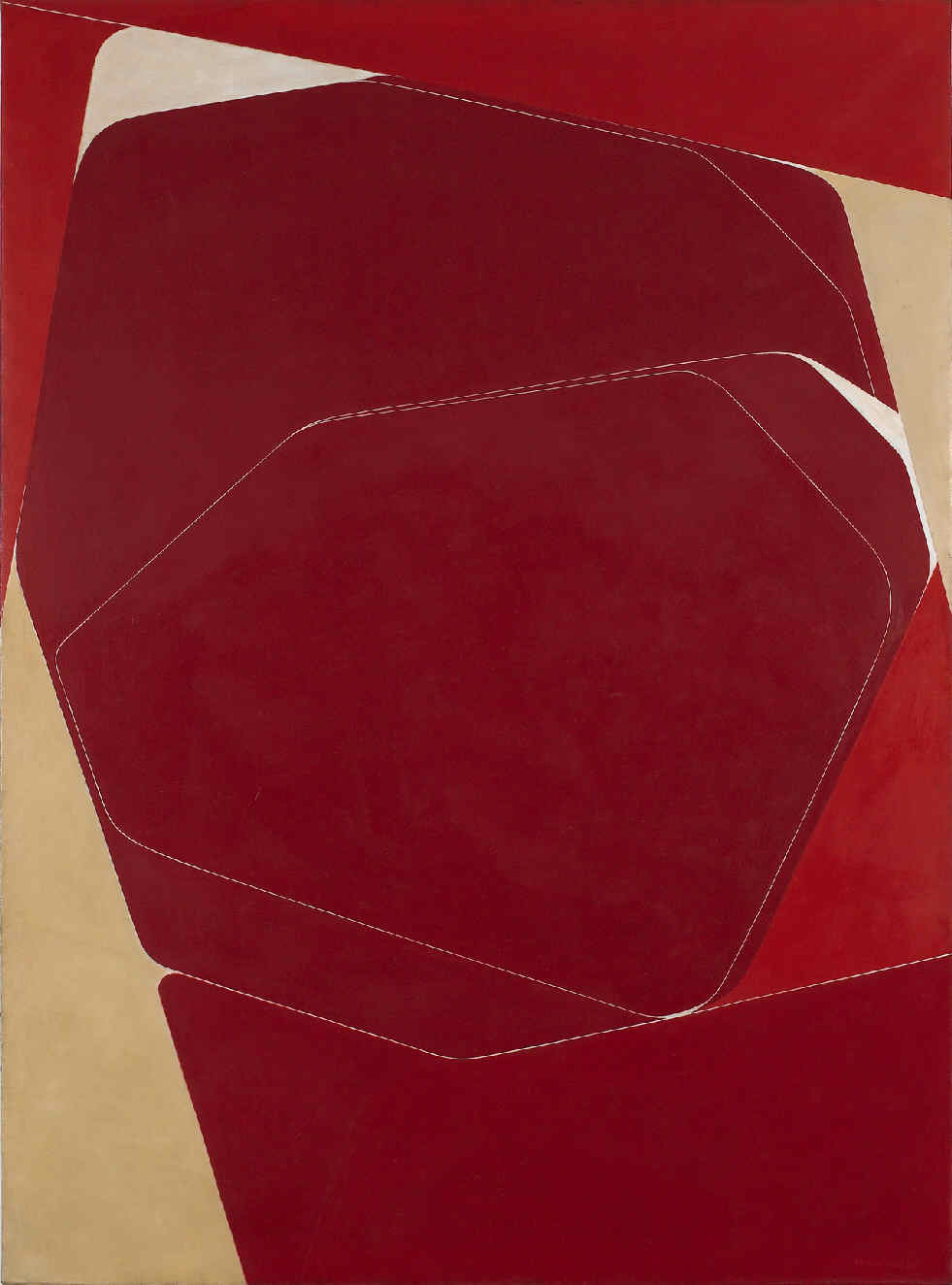 Orto V, Pablo Palazuelo (1969). Col·lecció Artium Museoa
Orto V, Pablo Palazuelo (1969). Col·lecció Artium Museoa





